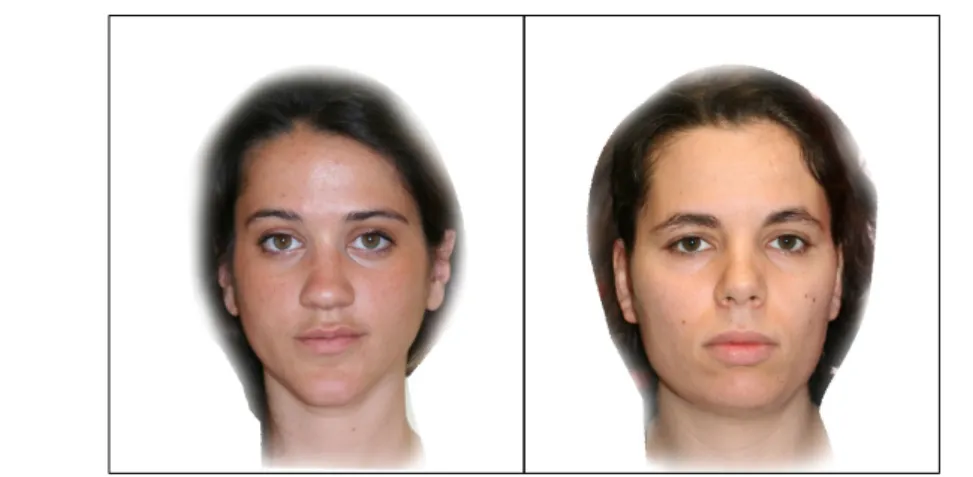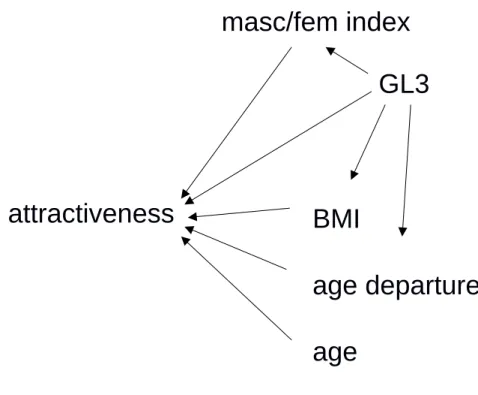Refined carbohydrate consumption and facial attractiveness
Texte intégral
Figure

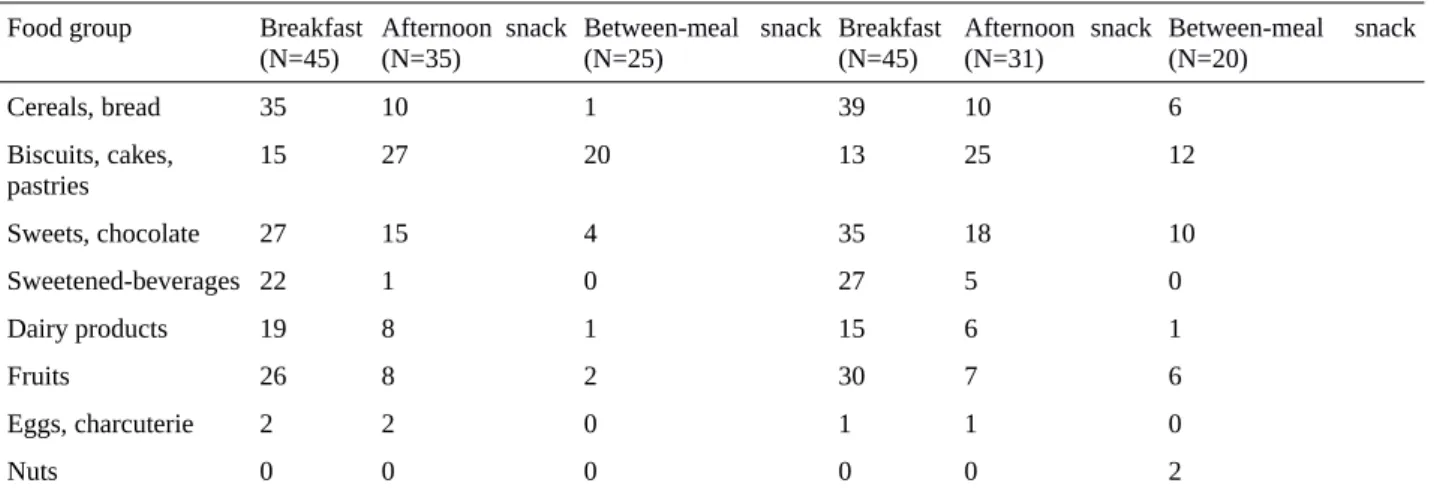
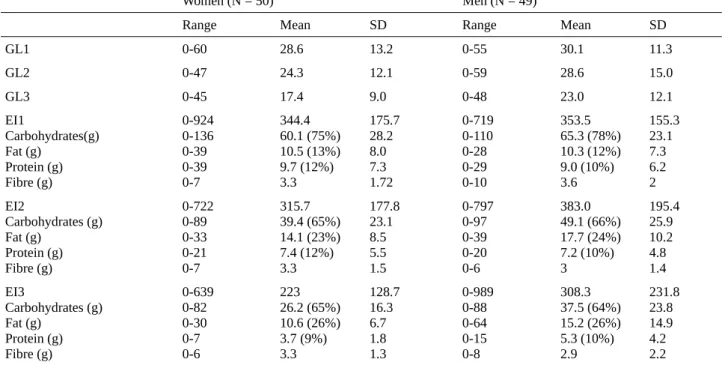
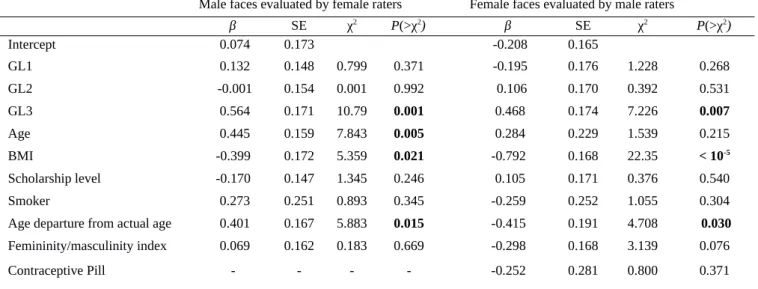
Documents relatifs
Au lieu de montrer qu'on peut tenir tête Avec vous, on va faire profil bas Alors plus de danses, de chants, plus de fête Et on rasera les murs et les paquerettes, bien au ras !..
the original maximum force criterion considers only the hardening effect. The description of the yield loci is a key point for the estimation of FLCs. Unfortunately it is a very
Childless respondents in Southern Europe and living alone had increased risk for depression at older ages, compared with younger ages.. Cultural factors in the association
Ainsi, hors contexte, on peut affirmer que le terme chaud est l’antonyme du terme froid, comme l’illustrent les exemples suivants : un temps chaud / un temps froid ; une boisson
2 Chama et Zolan reçoivent des invités et souhaitent leur servir deux desserts antillaisc. Voici la liste des ingrédients nécessaires pour réaliser chacun de
We have considered three generative models of unsupervised learning: two Maximum Entropy (MaxEnt) models, with linear and non- linear interactions among the facial coordinates, and
Wenn wir die Abschlussquoten der höheren Be- rufsbildung mit denjenigen der beruflichen Grundausbildung vergleichen, zeigt sich, dass 1998 ein gutes Viertel der Frauen (27%) nach
The present study indicates that aortic dissection occurring in patients aged from 9 to 60 can be related to mutations in the FBN1 gene, and that aortic dilatation may also
